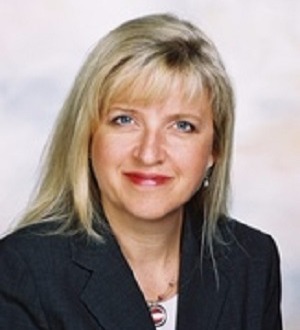Over the last several months, there have been numerous articles and several presentations with the same message: American corporations’ and law firms’ considerable efforts to achieve and sustain a diverse workforce have not realized their hoped-for results.
While there is no simple explanation, it is becoming clear that solutions based on blame and mandates will not work.
Diversity strategies that use mandatory “sticks,” including required diversity training, have been shown to be ineffective and in some cases have actually caused backlash in terms of resentment or more bias. Causing men and non-minorities to feel blamed and defensive can be counter-productive. On the other hand, providing “carrots” in the form of simple or small changes to the status quo can encourage real transformation without backlash.
A recent study by the Commercial and Litigation Sections of the New York Bar Association found that female attorneys comprise only about 25 percent of attorneys in lead counsel or speaking roles in courtrooms, or as mediators and arbitrators, statewide, and this was found at every level and in every venue. Similar results were found with minorities.
Former Judge Shira A. Scheindlin said “not much changed [in her 22 years on the bench] when it came to listening to lawyers. The talking was almost always done by white men. Women often sat at counsel table, but were usually junior and silent. It was a rare day when a woman had a lead role—even though women have made up about half of law school graduates since the early 1990s.”
Encouraged by Judge Scheindlin, U.S. District Court Judge Jack Weinstein implemented a new rule aimed at the long-standing practice of only having one attorney (usually the lead attorney who 75 percent of the time is a white male) do the speaking in legal proceedings. The new rule encourages firms and clients to cede these speaking opportunities to junior attorneys, which include more women and minorities. Judge Weinstein’s rule references the New York Bar study and, in part, invites “junior members of legal teams” to argue motions they have helped prepare and to question witnesses with whom they have worked.” The rule adds that the judge “is amenable to permitting a number of lawyers to argue for one party if this creates an opportunity for a junior lawyer to participate.” Such a simple change that is not mandatory or punitive can be expected to benefit all junior attorneys and improve the roles and experiences of women and minorities in the practice of law.
Law firms can learn from Judge Weinstein’s example by looking at the way firms have “always” been run and seeing if changes that may seem unrelated to diversity would in fact promote diversity in a positive way.
For example, mentoring and “yielding the floor” is critical to the support and success of junior, often women and minority, attorneys. However, clients and insurance carriers frequently “discourage” mentoring by refusing to pay for two attorneys performing related work on a case or for activities they consider training for a junior attorney. Firm compensation formulas also do not frequently reward, or even consider, non-billable mentoring time spent by senior attorneys.
Also, in large part client development is based on building relationships. The business world, and especially big business, is still dominated by men, which may make it easier for male attorneys to develop the relationships and connections that lead to very lucrative client originations, a heavy factor in attorney compensation. Women and minorities may relate more easily (though not exclusively!) with other women and minorities due to shared experiences and interests, and while women and minorities as business owners and in positions of authority have grown, these companies are generally smaller, so income from originations may be smaller.
So what simple “carrots” might the legal profession consider with regard to these issues that might contribute to a more effective diversity strategy? One suggestion would be to encourage or incentivize partners (perhaps through a “mentoring” bonus) to structure litigation work so that the younger attorney performs most of the work and is the primary client contact. And when the senior attorney’s help is truly needed, they should not penalize him or her financially for letting the associate bill for all, or the bulk, of the time. Another suggestion would be to provide financial rewards for attorneys who originate clients that are owned or led by women or minorities.
Certainly law firms have to be profitable, and they must be responsive to the demands of their clients and the insurance carriers. But having a litigation team that is both skilled and diverse, and which supports women and minorities by providing real opportunities for growth and leadership, is good business. Positive encouragement that promotes—not mandates—diversity (“carrots”) is more likely to succeed than “sticks.”
-----------------------------------
Heather Owen is certified by the Florida Bar in employment and labor law and has been providing employment law advice to, and litigating on behalf of, employers and management for almost 25 years. Heather is also a certified civil and appellate mediator and editor of the blog “FOCUS: Women Leaders in the Workplace.”























